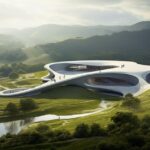As we move further into 2025, the field of architecture continues to undergo a profound transformation—driven by pressing environmental concerns, technological innovation, evolving lifestyles, and a growing demand for inclusive and wellness-focused spaces. Architecture today isn’t just about form or function—it’s about vision, responsibility, and adaptability. Architects are no longer just designers of buildings, but facilitators of climate solutions, well-being, and cultural storytelling. List of Architecture Trends in 2025 1. Biophilic Design 2.0: Going Beyond Green Walls Biophilic design is evolving from a trend into a necessity. In 2025, it’s no longer just about adding green elements—it’s about designing entire ecosystems within buildings. Architects are incorporating living walls, rooftop forests, indoor water bodies, and even wildlife corridors in urban design.This deeper connection with nature contributes to improved air quality, reduced stress, better productivity, and a stronger emotional bond with our spaces. 2. Regenerative & Net-Positive Buildings While net-zero buildings (which produce as much energy as they consume) are becoming the norm, regenerative architecture is the ambitious new goal. These buildings go further by actively healing the environment—whether through carbon-sequestering materials, passive solar systems, or air-purifying facades. Technologies such as algae panels, green concrete, and regenerative solar tiles are no longer experimental—they’re being scaled globally in residential, commercial, and even institutional designs. 3. AI-Driven Design & Autonomous Construction Artificial Intelligence (AI) and machine learning have revolutionized architectural design processes. In 2025, AI-driven architecture allows for simulations of user behavior, energy usage, and climate adaptability even before a single brick is laid. …
Top 10 Architecture Trends of 2025
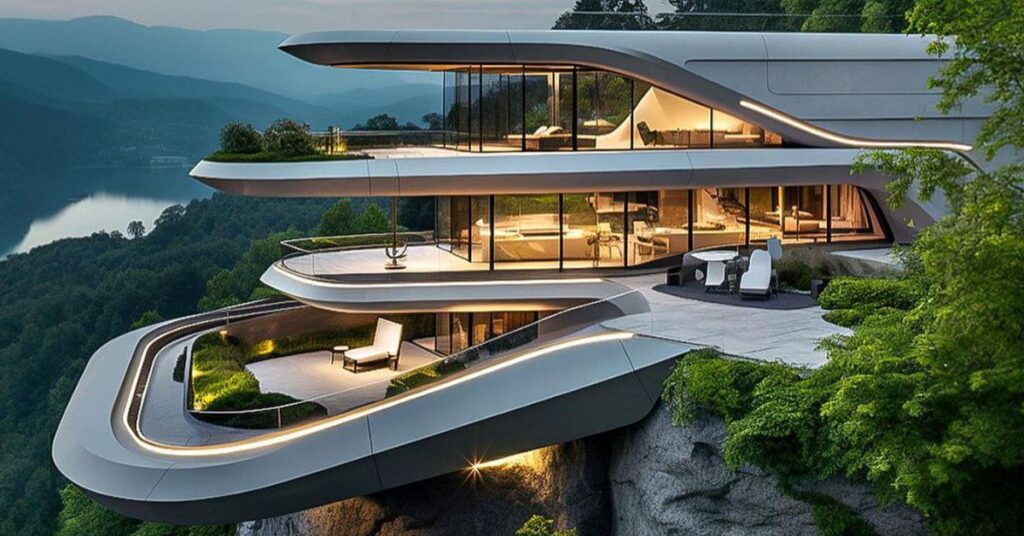
As we move further into 2025, the field of architecture continues to undergo a profound transformation—driven by pressing environmental concerns, technological innovation, evolving lifestyles, and a growing demand for inclusive and wellness-focused spaces.
Architecture today isn’t just about form or function—it’s about vision, responsibility, and adaptability. Architects are no longer just designers of buildings, but facilitators of climate solutions, well-being, and cultural storytelling.
List of Architecture Trends in 2025
1. Biophilic Design 2.0: Going Beyond Green Walls

Biophilic design is evolving from a trend into a necessity. In 2025, it’s no longer just about adding green elements—it’s about designing entire ecosystems within buildings. Architects are incorporating living walls, rooftop forests, indoor water bodies, and even wildlife corridors in urban design.This deeper connection with nature contributes to improved air quality, reduced stress, better productivity, and a stronger emotional bond with our spaces.
2. Regenerative & Net-Positive Buildings
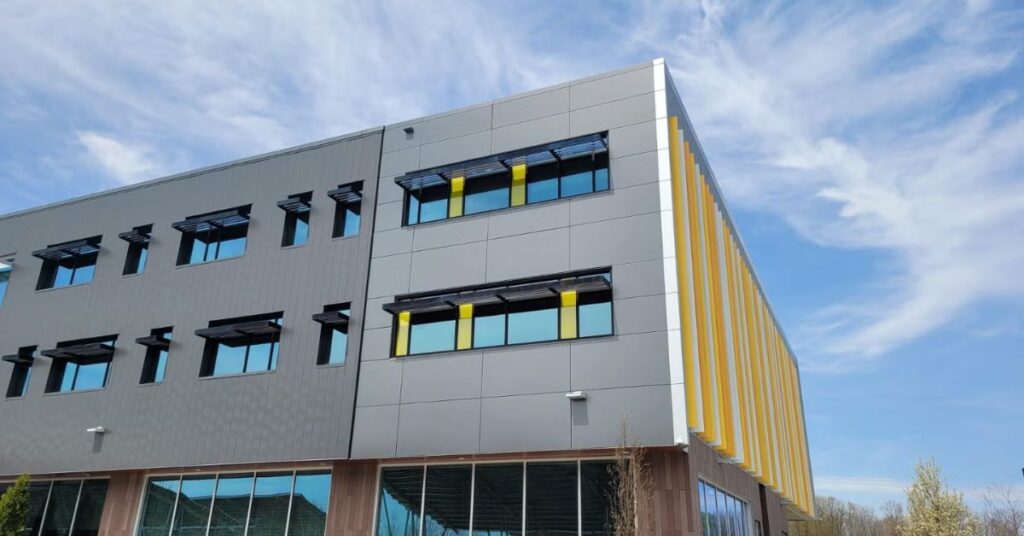
While net-zero buildings (which produce as much energy as they consume) are becoming the norm, regenerative architecture is the ambitious new goal. These buildings go further by actively healing the environment—whether through carbon-sequestering materials, passive solar systems, or air-purifying facades. Technologies such as algae panels, green concrete, and regenerative solar tiles are no longer experimental—they’re being scaled globally in residential, commercial, and even institutional designs.
3. AI-Driven Design & Autonomous Construction

Artificial Intelligence (AI) and machine learning have revolutionized architectural design processes. In 2025, AI-driven architecture allows for simulations of user behavior, energy usage, and climate adaptability even before a single brick is laid. Robotics and drones are assisting in site surveying, bricklaying, and structural analysis, speeding up construction while improving precision and safety.
Generative design tools help create multiple design iterations that optimize aesthetics, cost, sustainability, and experience—all within hours.
4. Rehydrated Urbanism: Water as a Design Priority
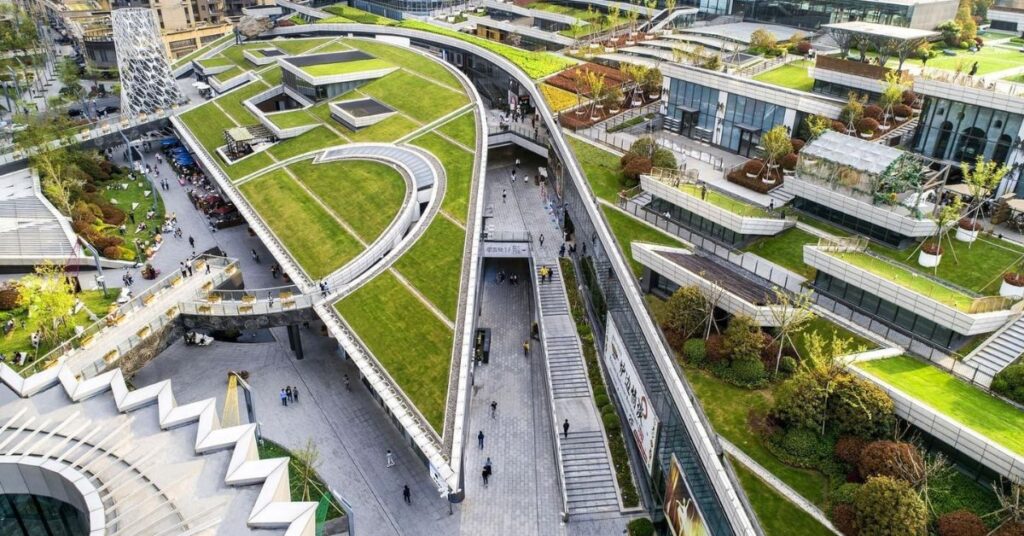
As climate change brings erratic weather and water crises, architecture is focusing on “rehydrating” urban spaces. This involves incorporating rainwater harvesting systems, urban wetlands, permeable pavements, and canals as functional and visual design elements.Cities like Copenhagen, Singapore, and parts of India are integrating water-sensitive urban design (WSUD) to manage runoff, reduce urban heat, and restore groundwater.
This trend also blends aesthetics and ecology—using water as a narrative of restoration and calm.
5. Modular, Prefabricated, and 3D-Printed Construction
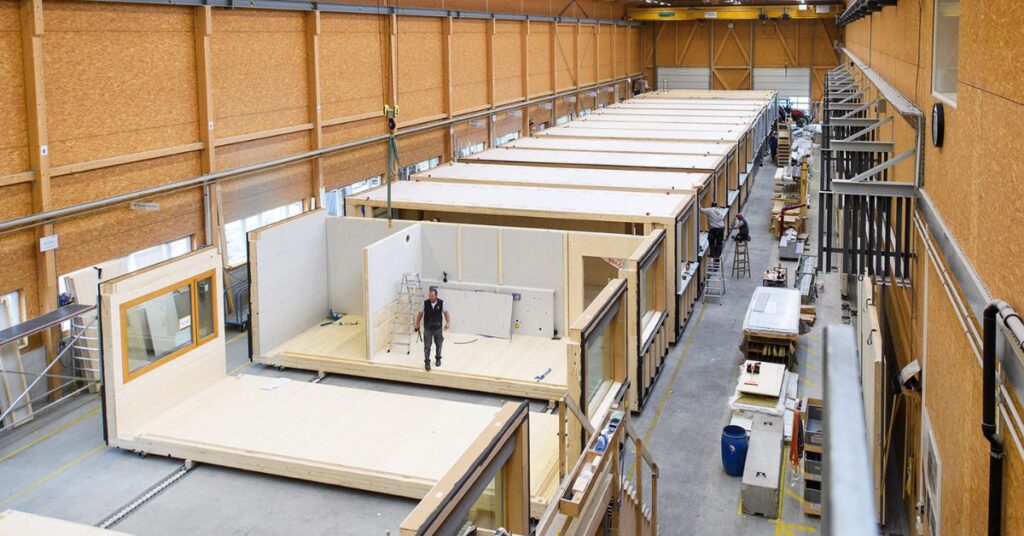
Prefabricated and modular construction continues to grow in 2025—but it’s now stylish, efficient, and sustainable. These structures are quick to build, easy to transport, and offer minimal waste. Modular housing solutions are now being designed for disaster relief, affordable housing, urban expansion, and student living.
In parallel, 3D-printing technology is being used to construct entire houses, bridges, and schools—sometimes in under 48 hours—using eco-friendly materials such as hempcrete or recycled plastic.
6. Wellness Architecture: Building for the Body and Mind
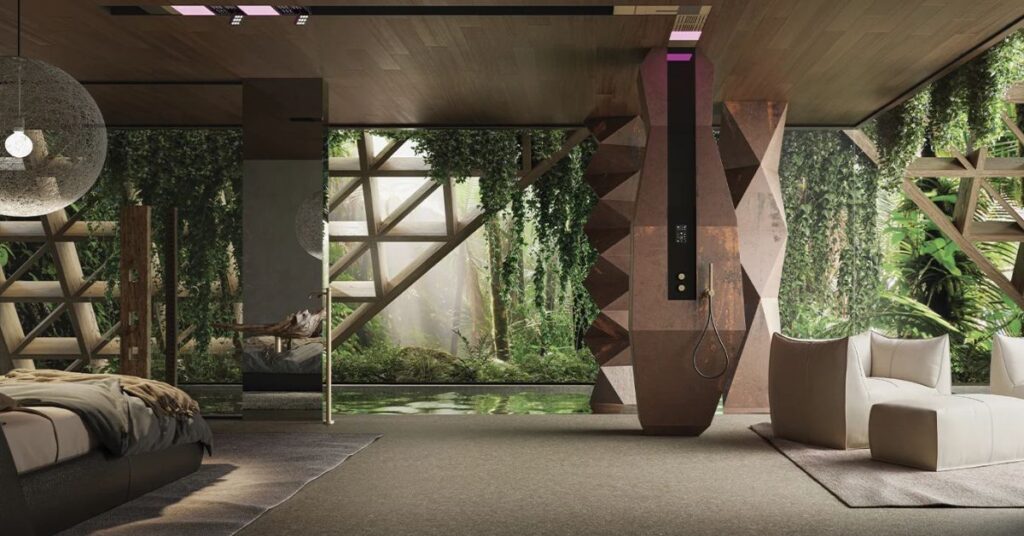
Post-pandemic, wellness is central to design. Architects are now integrating holistic design strategies that support mental, emotional, and physical health.
This includes:
- Circadian lighting systems
- Improved indoor air quality through natural ventilation
- Anti-microbial surfaces
- Noise and sensory management
- Access to natural views and green spaces
Whether it’s an office, school, or residence—design is becoming a therapeutic tool.
7. Hyperlocal Materials & Indigenous Knowledge Revival

There’s a rising movement toward reviving traditional construction methods and materials. Architects are blending the vernacular with the contemporary, leading to designs that are sustainable, meaningful, and rooted in place. Materials like lime plaster, adobe, bamboo, laterite, and thatch are returning to prominence—not just for nostalgia, but for performance and environmental friendliness.
Cultural expression is no longer an afterthought; it’s becoming the core of design intent.
8. Digital Twins: Real-Time Architecture Monitoring

A digital twin is a virtual replica of a physical building that allows for real-time monitoring and predictive management. In 2025, many commercial and public buildings are integrating this tech to optimize energy, lighting, maintenance, and even user experience. Paired with IoT (Internet of Things), digital twins offer unmatched transparency, helping architects and facility managers continuously improve building performance.
9. Circular Design & Zero-Waste Architecture
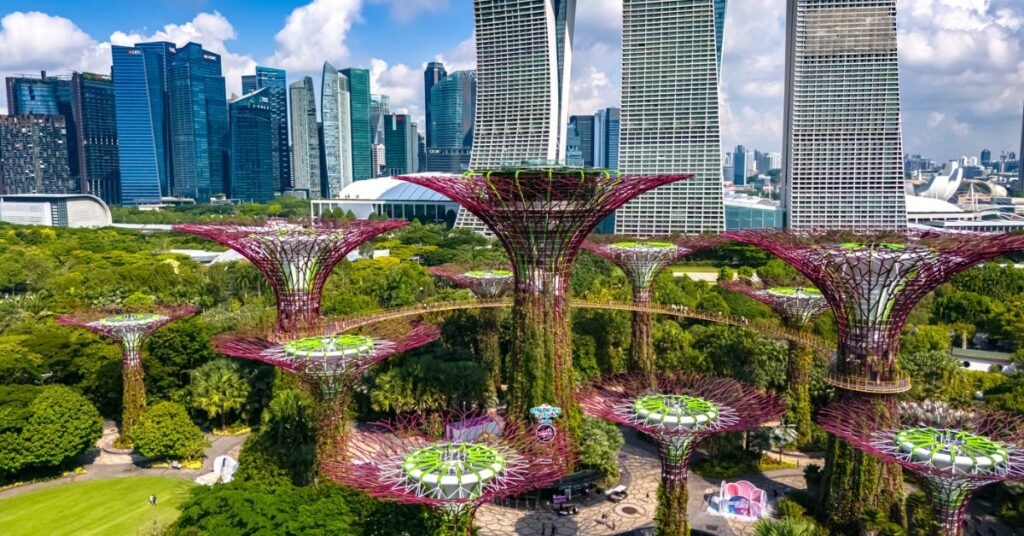
The circular economy has made its mark on architecture. Instead of the traditional “take, make, discard” model, buildings are now being designed to:
- Be disassembled easily
- Use recycled and recyclable materials
- Minimize embodied carbon
This not only benefits the environment but also extends a building’s life cycle, adaptability, and long-term cost efficiency.
Projects are increasingly using material passports, which track where every material comes from, how it can be reused, and what impact it has.
10. Community-Centric Living & Social Resilience
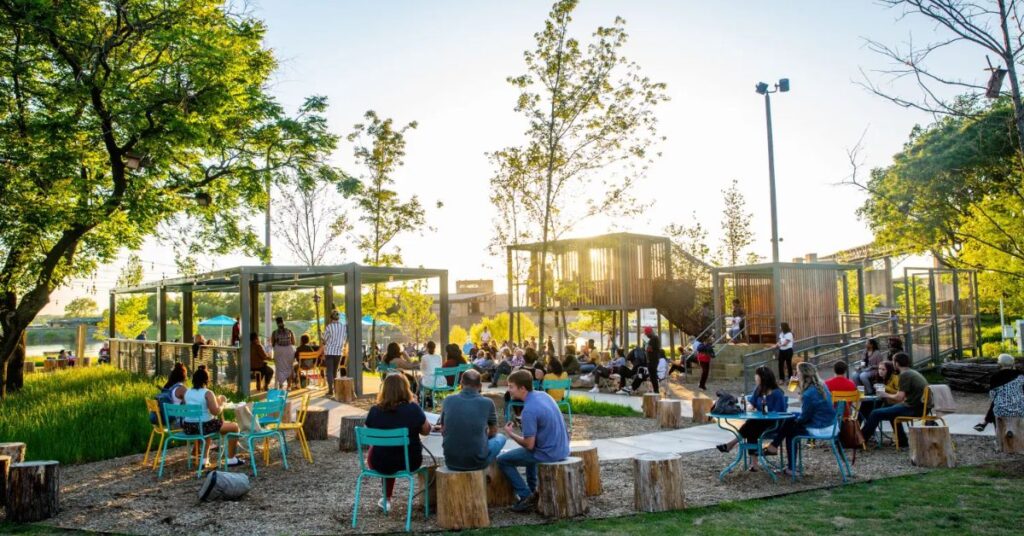
The housing and urban development trend of 2025 is focused on shared living, inclusive design, and adaptive public spaces. Co-living environments are evolving into vibrant communities that integrate work, play, and wellness under one roof.
In cities, we’re seeing a re-emergence of:
- Mixed-use buildings
- Urban commons
- Walkable neighborhoods
- Intergenerational housing
This shift reflects our post-pandemic awareness: that meaningful design is not just about efficiency—but also connection and dignity.
Conclusion: A Decade of Designing with Intent
2025 marks a turning point in how we define architecture. It’s not just about buildings anymore—it’s about designing resilient systems, inclusive communities, sustainable materials, and spaces that genuinely care for their users. As the lines between architecture, nature, and technology blur, one thing becomes clear: designing with intent is no longer optional—it’s essential.
Whether you’re an architect, student, planner, or just passionate about the built world—these trends offer a blueprint for a future that’s not just smart or beautiful, but deeply human

